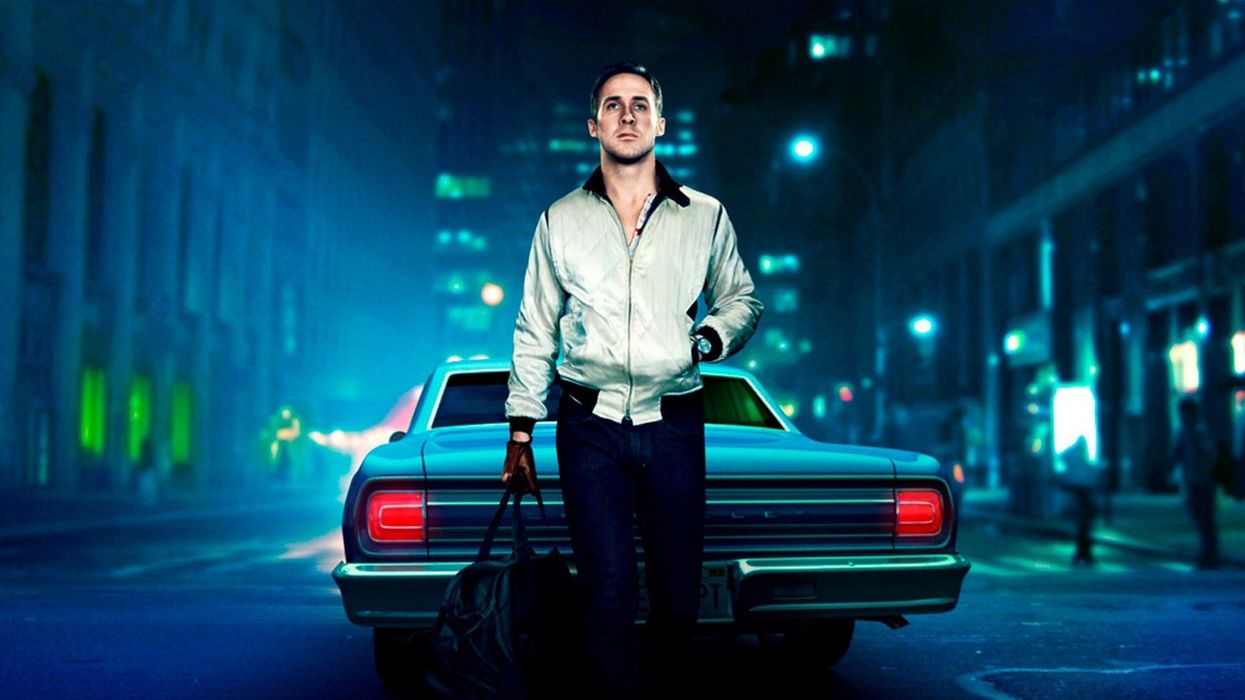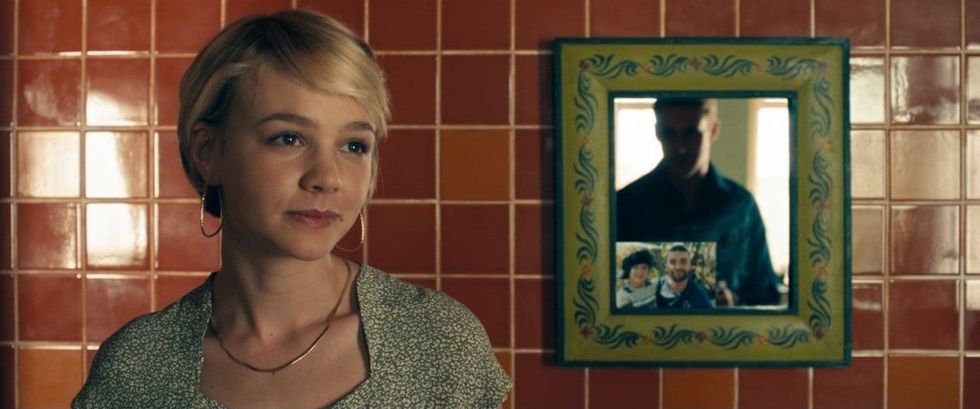3 Things This Breakdown of 'Drive' Can Teach You About Cinematography
If you want to learn the art of cinematography, a great place to start is with a film that contains memorable images.

Nicolas Winding Refn's Drive is certainly one of those films that sticks in your head long after you've watched it, especially when it comes to cinematography. Not only did DP Newton Thomas Sigel create a unique, atmospheric aesthetic, but he managed to make his images incredibly psychological. Video essayist Darious Britt breaks down a ton of these elements in the cinenamtography of Drive in the video below.
Let's take a look at a few of the elements Britt mentions in the video:
Creative expositional scenes
You need to give information to your audience about what's going on in a scene, but no one likes clunky expositional scenes, ones in which all of the information is communicated through tedious and contrived dialog. You can be more imaginative by taking a page out of Refn and Sigel's book. Instead of using dialog to inform, use props, objects, and even facial expressions. In the opening scene of Drive, we learn about the protagonist's profession, his trademark, the mood of the scene, as well as an important plot point that comes up later in the film all with a sweeping shot of a room.
Psychological framing/blocking
Cinematography isn't just about making pretty pictures, it's also about telling stories with those pretty pictures. Sigel does some interesting things with framing and blocking throughout the film that have a psychological effect on the audience. For instance, in the scene in which the Driver goes inside Irene's house for the first time, Sigel makes several creative framing and blocking decisions that are able to subtly communicate the nature of the relationship between the Driver and Irene, as well as foreshadow what may happen in the future.

Shot economy
If you don't have a budget that allows for the time to pick up substantial coverage, you need find ways to make each shot more economical so they can kill multiple birds with one stone. Fortunately, you can do a lot with a little when it comes to cinematography, as evidenced by the tracking shot in Drive when the Driver walks through the garage with his boss, Shannon. With one shot, we're able to get a sense of the space, see all of the sweet cars in a stylish way that appeals to car enthusiasts, and get multiple sized shots (when Shannon is in the foreground). These kinds of all-in-one shots aren't ideal or possible all of the time, but it's smart, faster, and cheaper to do them when you can.
There is so much more to learn about cinematography from Drive alone—imagine how much more you could glean from breaking down your favorite films.
Source: Darious Britt










![Ethos, Pathos, Logos: 20 Effective Ways to Advertise [Infographic]](https://nofilmschool.com/media-library/ethos-pathos-logos-20-effective-ways-to-advertise-infographic.jpg?id=34064614&width=600&height=600&quality=90&coordinates=560%2C0%2C0%2C0)

